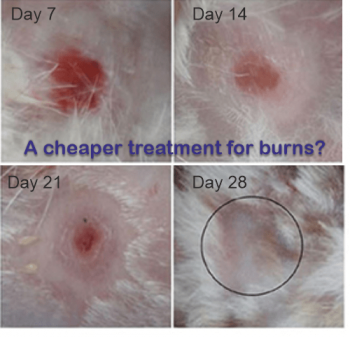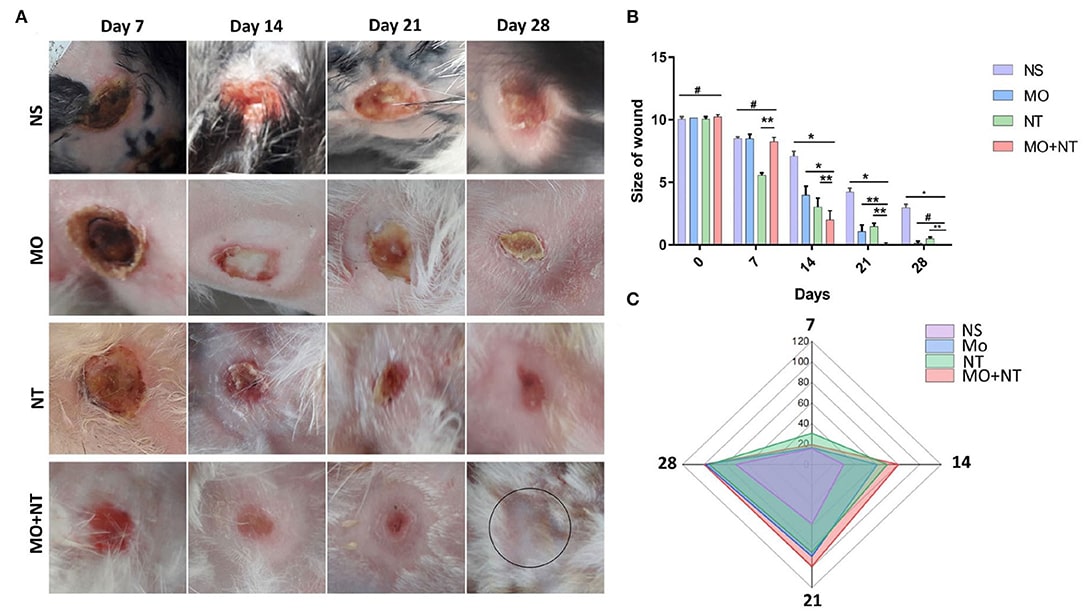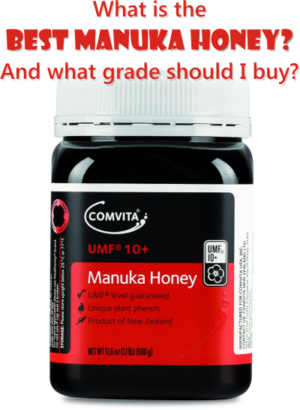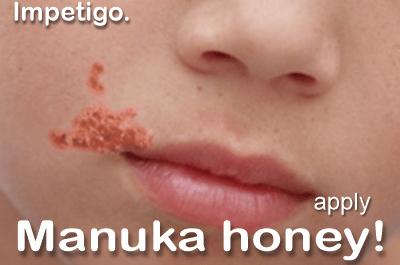Everybody wants now to find the best low-cost treatment for burns because there are plenty of expensive ones. But when we have many animals and some with large burns, or when it happens too often to our pets, we tend to search for a cheaper treatment that still offers the best result.
It is possible today, as it was recently shown in a study at the Institute of Traditional Chinese Veterinary Medicine, College of Veterinary Medicine, Nanjing Agricultural University, Nanjing, China.
A mixture of manuka honey and nitrofurazone it the answer for you. Yes, it is true that while nitrofurazone is indeed cheap, manuka honey it is not. Well, not exactly. Manuka honey with a high EMF score is expensive, the other one is not. And you do not need the highest EMF for this. My personal opinion is that you can even use any type of honey with nitrofurazone and it will do the job.
Animals are often the ones in need of good, cheap therapy.
The majority of burns that occur at veterinary clinics is unintentional and relate to the use of adjunct heat to reduce the risk of developing hypothermia (as it is most of the cases in developing countries, in Africa or Asia). Veterinarians often encounter burns that are <20% of the animal’s body surface. For such a percentage we do not talk about severe metabolic disturbances, such as electrolyte levels imbalances, red blood cells destruction, and high susceptibility toward systemic infection.
Traditional herbal products have been used in African and Asian middle-class families because of the high cost of available medicines. According to the WHO statistics, 265,000 deaths annually occur due to burning, most of which happening in these regions.
The herbal products used by these people seem moderately effective, less toxic, and less expensive than other market products. Honey has been used in folk medicine for a long time to treat both acute and long-term wounds.
Why use manuka honey for burns?
Honey has antimicrobial properties and it is quite effective especially to cover up burn wounds. It has been shown to inhibit a wide spectrum of bacteria and it is efficient even against antibacterial drugs resistant bacteria.
The antibacterial action of honey is due to its acidity, hydrogen peroxide contents, osmotic effects, nutritional and antioxidant contents, stimulation of immunity, and unidentified compounds. Honey is a complex product, it contains glucose, maltose, sucrose, fructose, water, and amino acids, organic acids, proteins, vitamins, acetylcholine, and flavonoids. It is used since ancient times and found in all old traditional therapies (Romans, Chinese, Ayurvedic, Greek etc).
Manuka honey is a unifloral honey from Leptospermum scoparium (Manuka tree) which grows uncultivated throughout New Zealand and southeastern Australia. It is a dark honey containing high concentration of phenolic and flavonoid compounds (pinobanksin, pinocembrin, and chrysin) that have been identified as having potent reactive oxygen species (ROS) scavenging activity. Flavonoids polyphenolic compound is a group of secondary metabolites that naturally occur in the plant kingdom that possess numerous pharmacological activities.
See why manuka honey has powerful antimicrobial power
and why it is used so widely to treat burns.
Why use nitrofurazone?
Nitrofurazone (C6H6N4O4) is an antimicrobial organic compound belonging to the nitrofuran class, a commercially available product used as an antimicrobial agent on different wounds, especially burn wounds. It is most commonly used as a topical antibiotic ointment.
It has been reported to show bactericidal activity against many gram-positive and gram-negative bacteria, inhibiting bacterial enzymes involved in carbohydrate metabolism. It exhibits bactericidal activity against most pathogens that commonly cause surface skin infections.
However, nitrofurazone therapy has a limit on its low aqueous solubility. The poor solubility of nitrofurazone urges a slow-release rate, causing less penetration of an effective drug concentration into the skin. Moreover, due to its high permeability through the skin, nitrofurazone remains for a limited time at the applied area. Others include sensitivity, itching, contact dermatitis, and longer time period.
![]()
Let’s see what the study was about and what has proved to us.
– The scientists used 1% Manuka honey ointment (MO), 1% Nitrofurazone ointment (NT), and 1% of their combination (MO + NT) and prepared them by mixing with 99 g of petroleum jelly.
– 15 male healthy rabbits (8–10 weeks old) weighing 1,500 g ± 20 g were randomly allocated to 5 treatment groups. Each treatment group was comprised of 3 rabbits. Rabbits were divided as follows:
· NS (negative control) received no treatment,
· PS (positive control) allocated to normal saline,
· MO (Manuka honey ointment),
· NT (Nitrofurazone ointment),
· MO + NT (Manuka honey ointment and Nitrofurazone ointment)
The rabbits were treated topically twice a day.
– The rabbits were first anesthetized, then burned with a metal plate heated at 100°C and given ketoprogen as analgesic for the next 3 days. All rabbits were fed pelleted food and water throughout the experiment and were housed in the animal experimentation unit.
– The healing efficacy was performed through healing time, wound contraction rate, and hematological analysis on days 0, 7, 14, 21, and 28. Histopathology was performed after taking biopsy samples at the end of the research.
– Rabbits were better in the first 2 weeks after that healing was gradually becoming better among different groups. The MO + NT resulted in a shorter period (27 D ± 1) than the average healing time of controlled (36 ± 2), MO (31.33 D ± 1.52) and NT (32 ± 1).
Rabbits treated with the combination had significantly more prophylactic effects than untreated rabbits. Significant healing ornamentation (p < 0.05) within 14 days was noticed in two treatment groups (MO + NT and MO). There was also a significant reduction (p < 0.05) of wound size on day 7 in treated animals as compared to control group.
Why not use allopathic medicine found in pharmacies?
One reason would be the occurrence of reactions related to allergies, toxicity, and irritation reduces skin regeneration ability, which can minimize their efficacy.
Natural products are less toxic and cheaper than synthetic drugs. It has been shown that many plants and plant products effectively heal wounds. Nowadays, most drugs are a mixture of several plants or herbs, but these traditional ointments are not scientific.
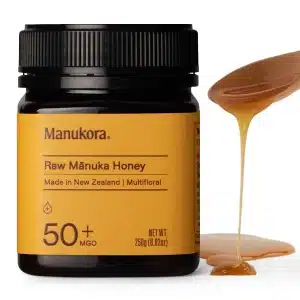
References:
Enhanced Healing Activity of Manuka Honey and Nirofurazone Composite in Full-Thickness Burn Wounds in the Rabbit Model, by Muhammad Fakhar-e-Alam Kulyar et all,
Front. Vet. Sci., 23 May 2022 | https://doi.org/10.3389/fvets.2022.875629
Learn more about manuka honey:
What is UMF and how to read the label of manuka honey
What is the best manuka honey? From what brand?
Fake manuka honey? Here are the true markers of genuine New Zealand Manuka honey!

